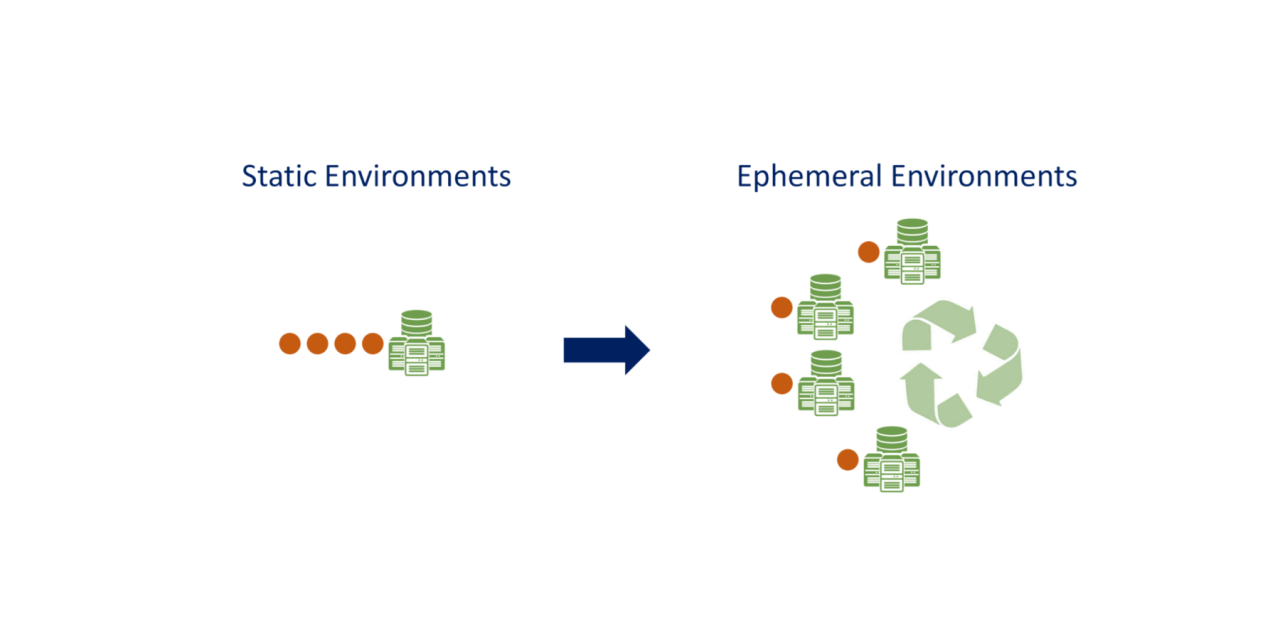By: Mark Lewis, SVP Sales and Marketing
Cloud has become a staple delivery model for almost every enterprise’s digital transformation journey in the current age. It empowers businesses with the composite mix of advantages that only a cloud model brings – elasticity, cost reduction, flexibility, scalability, and agility.
But the decision to migrate any application or IT component to the cloud is only half of the process. You need to ensure that migrating to this new environment does not leave your team facing these unexpected challenges:
- Data is not migrated well – incomplete or fragmented data
- Workload provisioning is not accounted for
- Security loopholes are left open
- Billing and economics of cloud charges are not taken care of – leading to cost escalation, instead of the promised reduction
- Shadow IT costs and chaos
- Complicated relay of applications from one set-up to another
- Down-time and other customer-facing issues
- Lack of skills or tools to handle new cloud scenarios
- Lack of clarity on licensing and data control
- Compliance complexity
- Absence of clear ownership and accountability in case of outages or incidents
- Fork lifting entire applications without back-up plans
- Duplication of resources and data in pre-cloud and post-cloud set-ups
It may come as a surprise, but a minor detail like a migration issue can force enterprises to roll back cloud deployments.
As a report from IHS Markit-Fortinet unraveled, most companies have moved a cloud-based app back on-prem. They did so after they failed to see expected returns. In this survey of 350 global IT decision-makers, 74 percent reported they had moved an application back to their infrastructure. It has been estimated by Gartner too that through 2022, insufficient cloud IaaS (Infrastructure as a service) skills will delay half of enterprise IT organizations’ migration to the cloud – by as much as two years or more. Even after having a solution from the best cloud provider possible, the inability to make the switch smoothly and cost-effectively can impact the expected return.
According to the IDG Cloud Computing 2020 survey, 54 percent of applications currently running in the cloud were existing ones migrated from on-premise infrastructure. But we also have 46 percent that was purpose-built for the cloud. Enterprises see migration as a significant influencer of their cloud-investment decisions.
Plan the migration
So, enterprises must undertake cloud migrations with careful planning and strong strategic-readiness followed by apt resource-provision, tools, training, and skilling of employees to be successful. Gartner projects that, through 2024, nearly all legacy applications migrated to public cloud IaaS will need optimization to turn more cost-effective. It also shows that the market for third-party cost optimization tools will also expand, especially for multi-cloud environments.
It looks like optimization and migration would be top-shelf concerns and decision-points for leveraging cloud. Professional partners can help plan, implement, deliver, monitor, and manage cloud migrations leveraging deep expertise in cloud migration. They come with a broad spectrum of tools to handle all kinds of training, data, and software delivery needs for such projects. Their expertise and versatile project experience can save enterprises from unexpected surprises with any cloud migration exercise.
Overall, keep these key steps in mind.
- Plan your exact goals and expected outcomes from a cloud investment
- Decide the cloud environment best meets your needs – Public Cloud, Private Cloud, or Hybrid Cloud?
- Design infrastructure and architecture based on the above direction
- Plan workloads and provisioning around your enterprise’s unique needs and availability scenarios
- Seek the support of an expert migration team or consultant
- Migrate with due attention to uptime, downtime, security, and data back-up
- Test and monitor for course correction
To ensure you ultimately achieve the expected ROI, don’t rush into cloud migrations without proper planning. Take a step back, be ready with all the information and expertise you need, and then make your move. That way, you will be sure you’re on the right path for migrating to the cloud with confidence.



